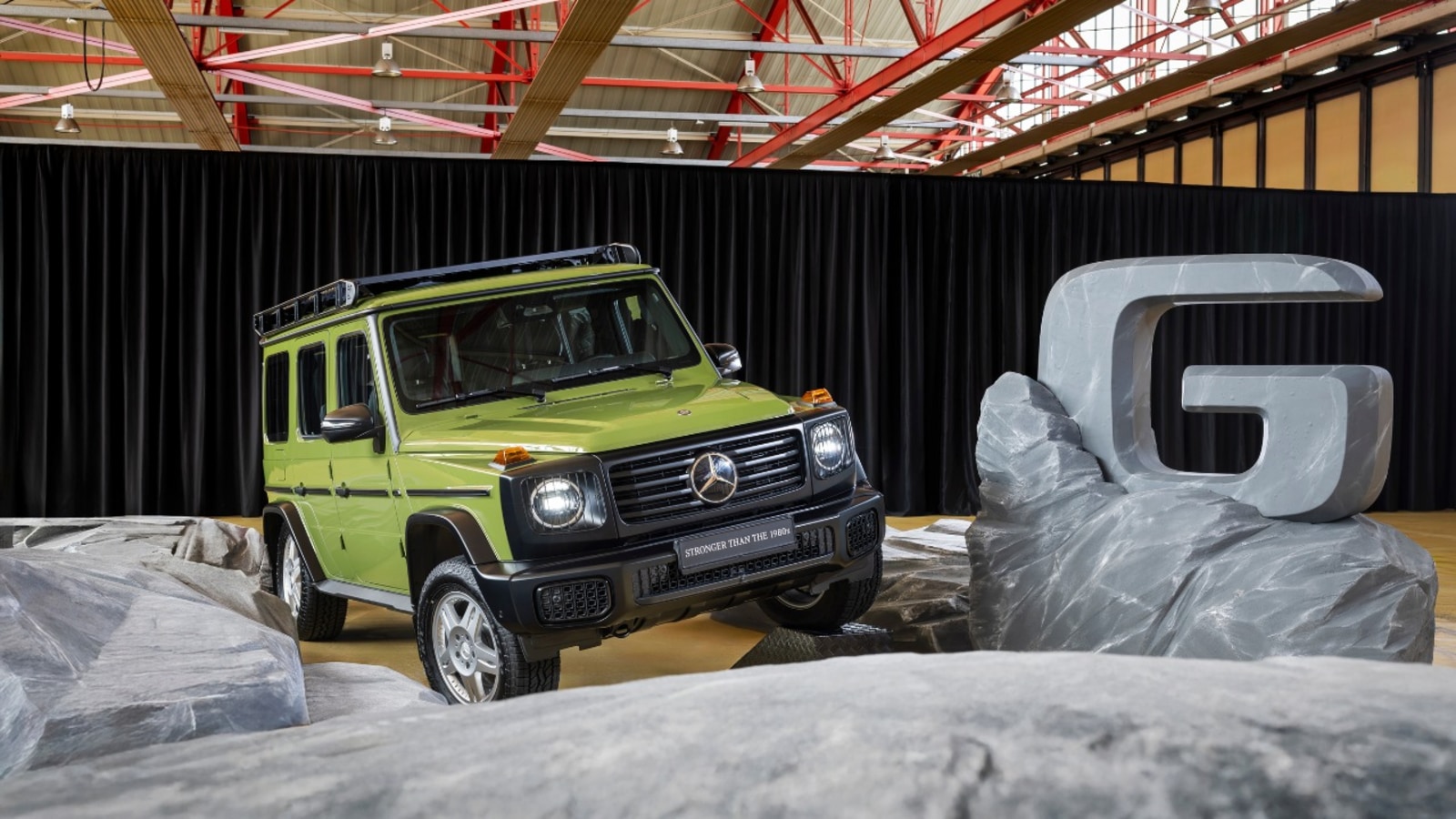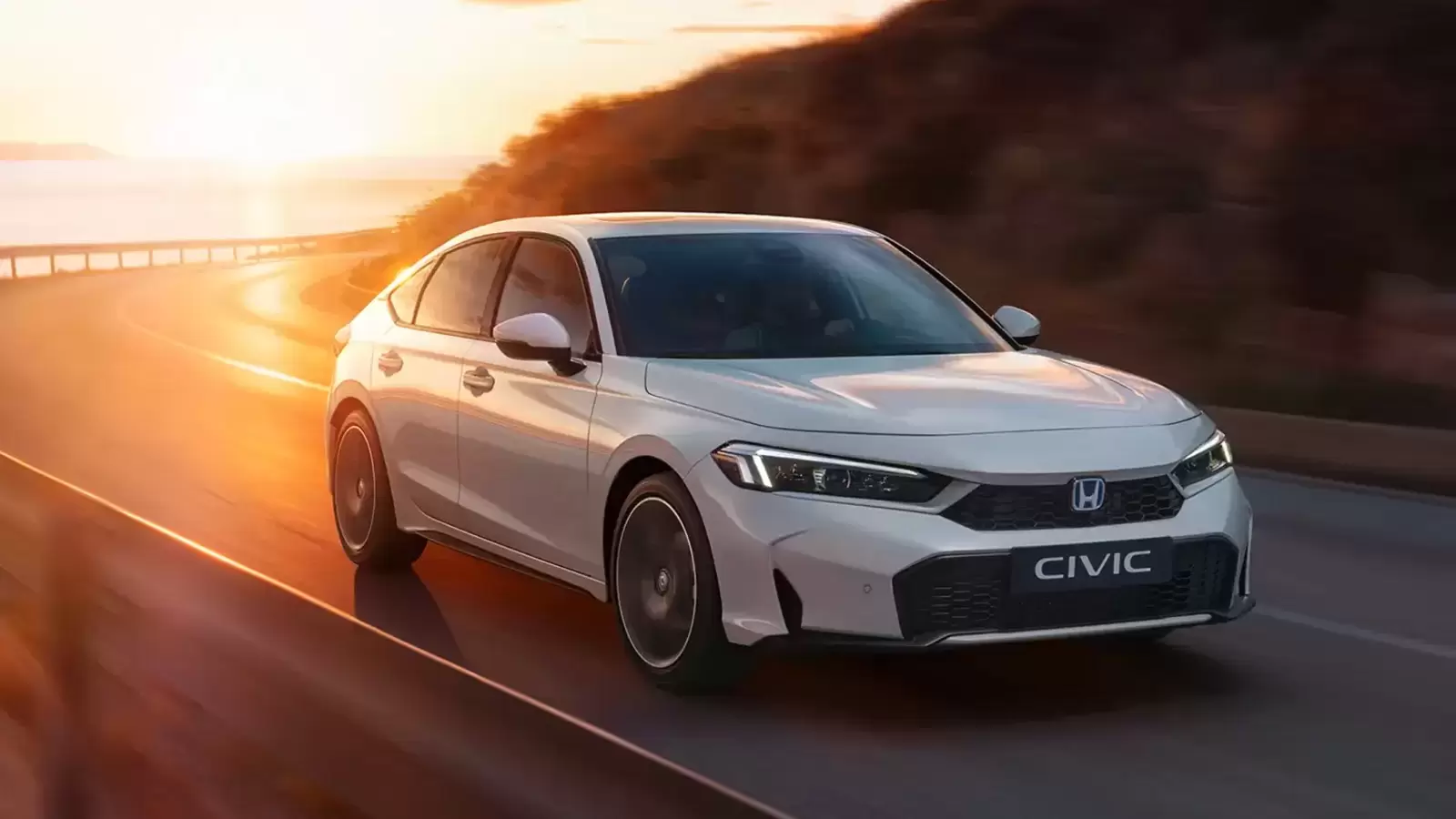Overview
FORD’s Transit Custom Sport van is fitted with a few funky bits and pieces including over-body striping, 17-inch gloss black alloys, and a rear wing.
Those three items alone elevate the Transit Custom from being just a boring white van into something you don’t mind parking on the driveway.
The base Transit Custom Trend lists from $56,590 excluding on-road costs (the Sport grade adds $3400) putting it well above direct competition comprising Hyundai’s Staria Load (from $46,740), LDV G10 (from $39,537) and Deliver 7 (from $44,726), Peugeot Expert Pro SWB (from $48,990), Renault Trafic (from $49,990), and segment-leading Toyota HiAce (from $51,636).
Volkswagen’s Transporter SWB 250 lists from $45,890 while the Mercedes-Benz Vito 114 MWB is from $63,000.
The Transit Custom rolls on a platform shared with Volkswagen’s Transporter bestowing it with a low load floor, under 2000mm height for carpark access, an improved tech’ offering, better NVH suppression, and higher levels of safety.
Other improvements over its predecessor include independent rear suspension using semi-trailing arms, a large 13.0-inch centre infotainment screen, ADAS inclusions, a solid bulkhead between the passenger and load compartments, lined walls and plastic floor cover, bright LED load area lighting, cloth trim to three seats with under-seat storage and six tie-down hooks in the load area floor.
The practical interior has a functional appearance with minimal superfluousness and a squared off multi-function squared-off wheel. The sensible cloth upholstery is complemented by sensible rubber floor mats and a minimalistic dash with a landscape shape info screen containing multiple menus to control many vehicle functions.
The wide partly digital 12.0-inch-driver’s console is minimalist it its information content but fine for the job at hand.
Other technologies in the Transit Custom include Ford’s SYNC 4 software that incorporates native satellite navigation, wireless Apple CarPlay and Android Auto, wireless phone charging, and a 5G embedded modem. FordPass connectivity is likewise included as standard.
The model has a suite if standard safety inclusions including adaptive cruise control, AEB with intersection assist, blind-spot monitoring and assist, exit warning, rear cross-traffic alert, reverse brake assist, and a 180-degree reversing camera.
Vannies will no doubt appreciate the Transit Custom’s critical capacities and dimensions at 1269kg payload, 2500kg brake towing capacity and 5.8 cubic metres cargo volume the model rolling on a 3100mm wheelbase with a cargo bay measuring 2602mm long x 1392mm wide at the wheel arches x 1427mm high.
A 3050mm load-through port is provided under the bulkhead and driver’s seat.
Power comes from a revamped Ford EcoBlue 2.0-litre turbodiesel with four drive modes (Normal Eco, Slippery and Tow/Haul) and is rated at 125kW and 390Nm output.
Drive is to the front wheels through an eight-speed conventional automatic transmission while claimed combined fuel economy is 8.0 litres per 100km fed from a 70 -itre tank. The AdBlue tank is 20 litres.
Driving Impressions
Jumping into the driver’s seat we find the gear selector on the right of the steering column interferes with driving as it’s too readily bumped into neutral though everyday drivers will no doubt become accustomed to it.
In usual van style, the wheel sits fairly flat and the even with eight available adjustments a reduction of seat back recline for taller drivers due to the proximity of the bulkhead means you drive the beast almost bolt upright degenerating into a hunched position on longer trips.
It would be OK for delivery work getting in and out all the time but wears you down over time.
The passenger compartment isn’t what you’d call large but is fairly well designed to allow a decent amount of room for two adults, three at a pinch.
The new chassis has moved various components like the suspension struts further forward to free-up cabin space and the pedals are positioned more car-like.
Access to the cabin is facilitated by a sidestep and large door openings qualified by the passenger’s grab handle being in the wrong position up on top of the door opening instead of on the dash or A-pillar.
Once on board, the Transit Custom is relatively comfortable offering up passenger car levels of comfort through its compliant suspension and tactile controls capped by an impressively small turning circle and smooth punchy engine performance aided by the eight-speed auto.
Many functions are operated via menus in the touchscreen which may be problematic for some, but a few hard buttons are provided for critical functions.
The incessant driver monitoring system drove us nuts and we couldn’t find where to deactivate it despite concerted efforts and as usual, other intrusive ADAS defaulted on at each start-up.
The test vehicle took a hissy fit at one stage displaying a range of driver “warning” messages even though it was parked (and running) at the time. A switch off and restart reset the systems…
The new IRS no doubt contributes to overall comfort while also facilitating an uptick in payload over the older leaf spring set-up.
Although attenuated a tad by the bulkhead, plenty of rumble reverberates through the cabin but not so much as to be distracting over a longer term.
Performance from the small capacity engine across most driving scenarios is pretty good all things considered but is perhaps behind competitors for outright grunt such as the HiAce 2.8-litre turbo-diesel unit.
The other things to bear in mind about the mill are the need for AdBlue (adding to running costs) and this is a wet belt engine with the toothed rubber cam-drive belt running in the hot sump oil…. We prefer our cams to be driven by chain, gears, or external belt for the sake of longevity…
Impressively, on test we saw better than the claimed 8.0L/100km on long commutes mainly on freeways and country back roads.
It got down to 7.4L/100km at one stage which counts a lot for reduced operating costs and driving range which at that rate would be around 900km.
During our time with the Transit Custom, we loaded it with about a tonne of cargo which dented performance as expected but the vehicle maintained its controlled dynamics to a reasonable level and still had good acceleration.
When trying to get mobile on a wet road uphill the Transit Custom spun its front wheels as it tried to overcome inertia combined with a lack of grip. This is possibly the biggest drawback in modern vans including the test vehicle as most have transitioned to front-wheel drive and become problematic under load or towing in wet weather.
Driving the Transit Custom Sport for a week was not onerous in the least as its car-like feel, dynamics and decent performance place it towards the top of the midsize van brigade in these areas.
Would we buy one?
Possibly, as it does drive nicely and looks pretty in the test vehicle ‘s livery. But the price premium seems a tad ambitious.
AdBlue must be factored into running costs and, if it were my Transit, I would be changing the engine oil and filter more regularly than the scheduled 30,000km or 12 months – and I’d be using only high quality full synthetic oil.




